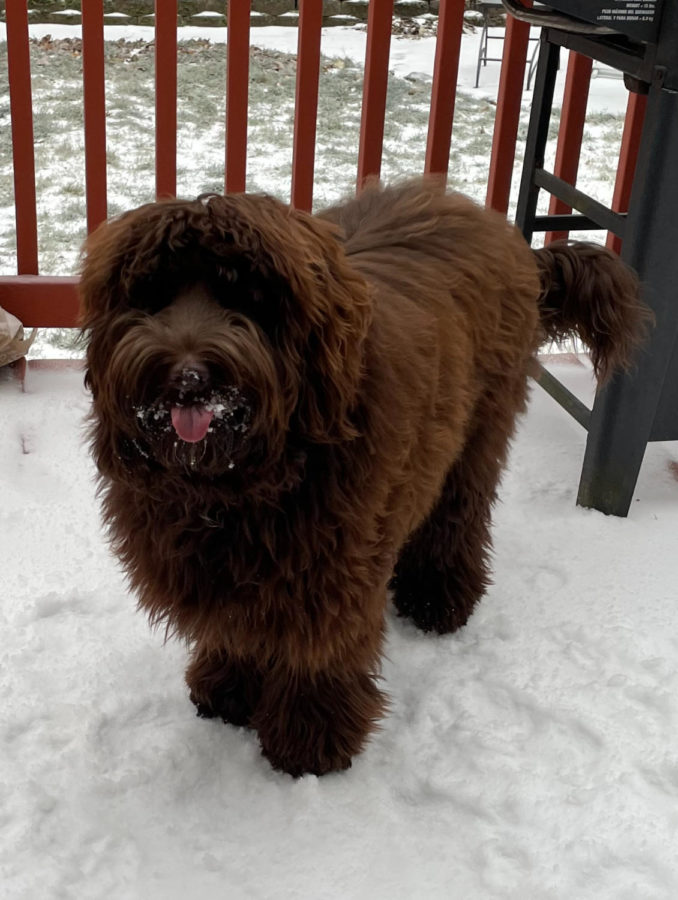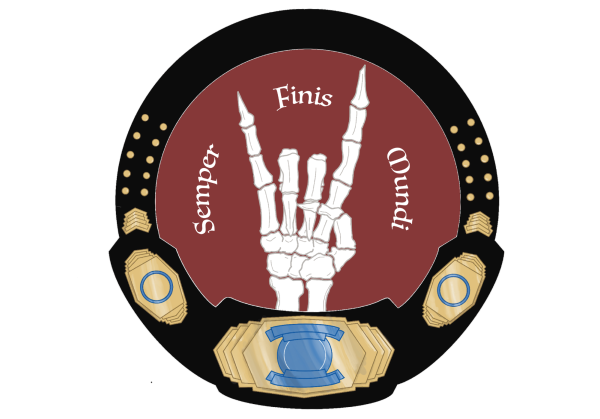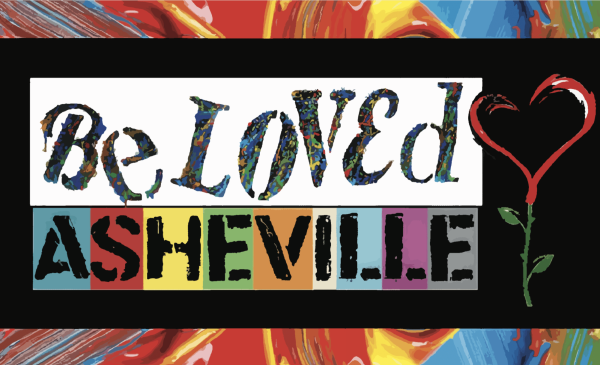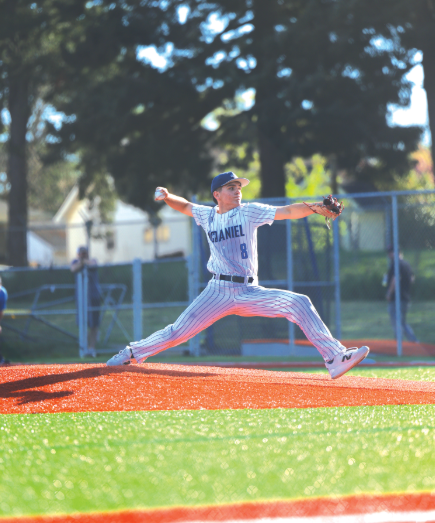Service dog walking the halls
Junior K Bryan recently began bringing their service dog to school. They have autism, and the dog is there to help them when they start showing anxious behavior or are experiencing sensory overload.
The dog is 6 months old and still in training. Bryan was previously working one-on-one with a trainer, but completing all of the homework from the training sessions themself. The dog has since graduated from the one-on-one training, and now Bryan and their service dog attend group training sessions together.
The dog is training to be a service dog rather than an emotional support dog.
“What separates that is he actually knows tasks like deep pressure therapy and alerting, those are actual tasks that I teach him,” Bryan explains. “Him just being there isn’t a task. It helps me, but it’s not a task and it doesn’t make him a service dog.”
Bryan is teaching their service dog many skills that are specific to helping them with their autism.
“He also can alert [me] to when I start showing anxious behavior, and that sort of helps me reflect on how I’m feeling, or if I need him to do deep pressure therapy which helps me calm down,” Bryan said.
Deep pressure therapy is when the dog will lay on Bryan’s lap or chest and use his body weight as a weighted blanket, which helps them relax.
Bryan is also working on teaching the dog a form of crowd control, where the dog will walk around them in an orbit in order to protect their personal space.
“That is probably going to help me a lot when I’m in crowds and keep people from brushing up against me, and that can really contribute to sensory overload for me,” Bryan said.
He has been in training to become a service dog since he was born.
“The breeder we worked with, they do early neurological stimulation with the puppies,” Bryan said.
Early neurological stimulation is where breeders introduce the puppies to as many new surfaces as they can before their eyes open and their hearing develops.
“So they put them on some fuzzy stuff, or like something that moves a tiny bit, and it can help them develop,” Bryan said.
There are a few things that Bryan would like McDaniel students to know about them and their service dog.
“I would like people to know that he is a working dog. He has a job to do, and that is to help me,” Bryan said. “It is really alienating when people gawk over him because I need him to function, and you wouldn’t gawk over someone who had some other disability aid. But I also want people to keep in mind that he is 6 months old and still in training, so he will make some mistakes.”
Although he is working whenever he is at school, the service dog is still a puppy and enjoys his time off.
“We still let him be a puppy, he runs around in the snow when we go up to the mountain.”
Molo, who has been supporting Bryan through adjusting to having their service dog at school offers their room to Bryan as a place where they can take breaks with the service dog. Those breaks often happen during lunch.
“He eats when we do, and sometimes K even tosses a toy for him a few times so he can get some energy out,” molo said. “My other classes are used to seeing him and K stop by, and it’s no big deal when they do.”
Since they have been at school with their service dog, Bryan says school has been going really well.
“He’s helped me so much with classes, and I haven’t had to step out of class that much. I’ve been able to do my work more, and he’s helped me a lot academically,” Bryan said.
It is important that Bryan’s service dog is able to focus throughout the day because he helps them be successful in situations that were previously difficult for them to navigate.
“…since [the service dog] came into the picture, I have seen K’s joy and confidence increase so much, which is really different than just being able to get through the day,” Molo commented.
Opal Reeves is a junior and she is passionate about sports, math and playing with her dog. People describe her as funny, smart, and nice. She loves being a journalist because she like to write, and is interested in developing her writing skills so she can confidently share her work with others.











